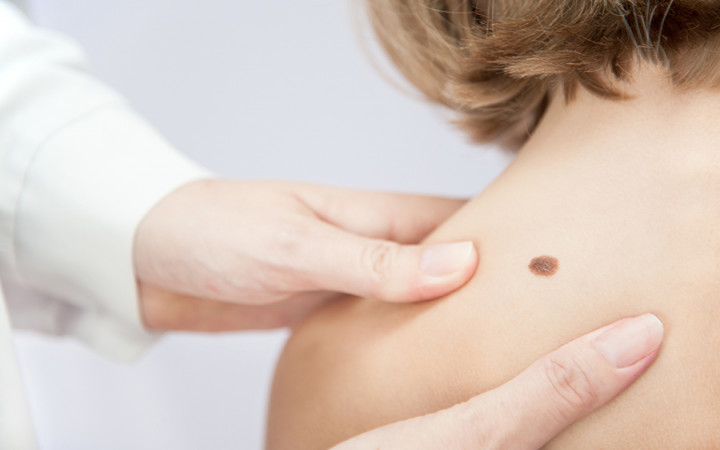Do you have a younger brother or sister? If so, then you probably remember what it was like waiting for him or her to be born. The anticipation of a new sibling's arrival is exciting like nothing else.
Will you get a new brother or will it be a sister? What color will her eyes be? What color will his hair be?
When a new human being is born, there are so many factors that make him or her unique. Facial features, eye color, hair color, height, and weight are just a few of the things that are determined by a baby's genetic makeup.
These are the things that make us who we are and we have remarkably little, if any, control over them! Just like we can't control the color of our skin, we also can't control if we're born with birthmarks.
Birthmarks are very common. If you were born with one or more birthmarks, then you're probably already familiar with them. If not, then you probably have friends with various types of birthmarks.
Birthmarks are just what they sound like: marks of various kinds on the skin that are present at or shortly after birth. They can be flat or raised with regular or irregular borders. Depending upon the type of birthmark, they can come in a variety of colors, including black, brown, tan, blue, pink, red, and purple.
Sometimes they're hardly noticeable, while at other times they might cover a large percentage of the skin. Depending upon the number, size, and color of birthmarks, children can be self-conscious about them.
They're usually harmless. However, it's always a good idea to have a doctor look at birthmarks to verify what type they are and what, if any, treatment might be required. In rare cases, birthmarks can be symptoms of more serious conditions.
For the most part, no one really knows what causes birthmarks. Some may have a genetic component, but most do not. They can't be prevented, and they're not the result of any particular actions during pregnancy.
Many birthmarks go away or shrink as a child grows older. For those that persist, doctors can prescribe a variety of treatments, including lasers and chemicals, to lighten or remove some birthmarks.
Birthmarks are usually classified as one of two types: vascular or pigmented. Vascular birthmarks occur when blood vessels form in an irregular way. Pigmented birthmarks are the result of an overgrowth of the skin's pigment cells.
The most common types of vascular birthmarks are macular stains, hemangiomas, and port-wine stains. Macular stains are the most prevalent vascular birthmark. They tend to be faint red marks and are also known as salmon patches, angel kisses, and stork bites.
Hemangiomas can be either superficial "strawberry marks" or deeper bluish marks. They often grow rapidly in the first six months of life, but usually shrink or disappear by the time a child reaches five to 10 years of age.
Port-wine stains are discolorations that get their name from the fact that they look like red wine was spilled on the skin. They usually appear on the arms, legs, neck, and face. They can get larger and darker over time. Although they never go away on their own, they can successfully be treated with lasers.
The most common types of pigmented birthmarks are café-au-lait spots, Mongolian spots, and moles. Café-au-lait spots are very common and get their name from the fact that they tend to be the color of coffee with milk (light brown or tan).
Mongolian spots tend to be flat, blue/gray patches on the lower back. They're more common in people with darker skin tones, such as children of Asian, American Indian, African, Hispanic, and Southern European heritage. They tend to fade or disappear by the time a child reaches five or six years of age.
Moles are very common and can be brown, tan, or black. Most people get moles at some point in their lives. Large or irregularly-shaped moles should always be checked by a doctor, since they can be associated with a slight risk of skin cancer.




